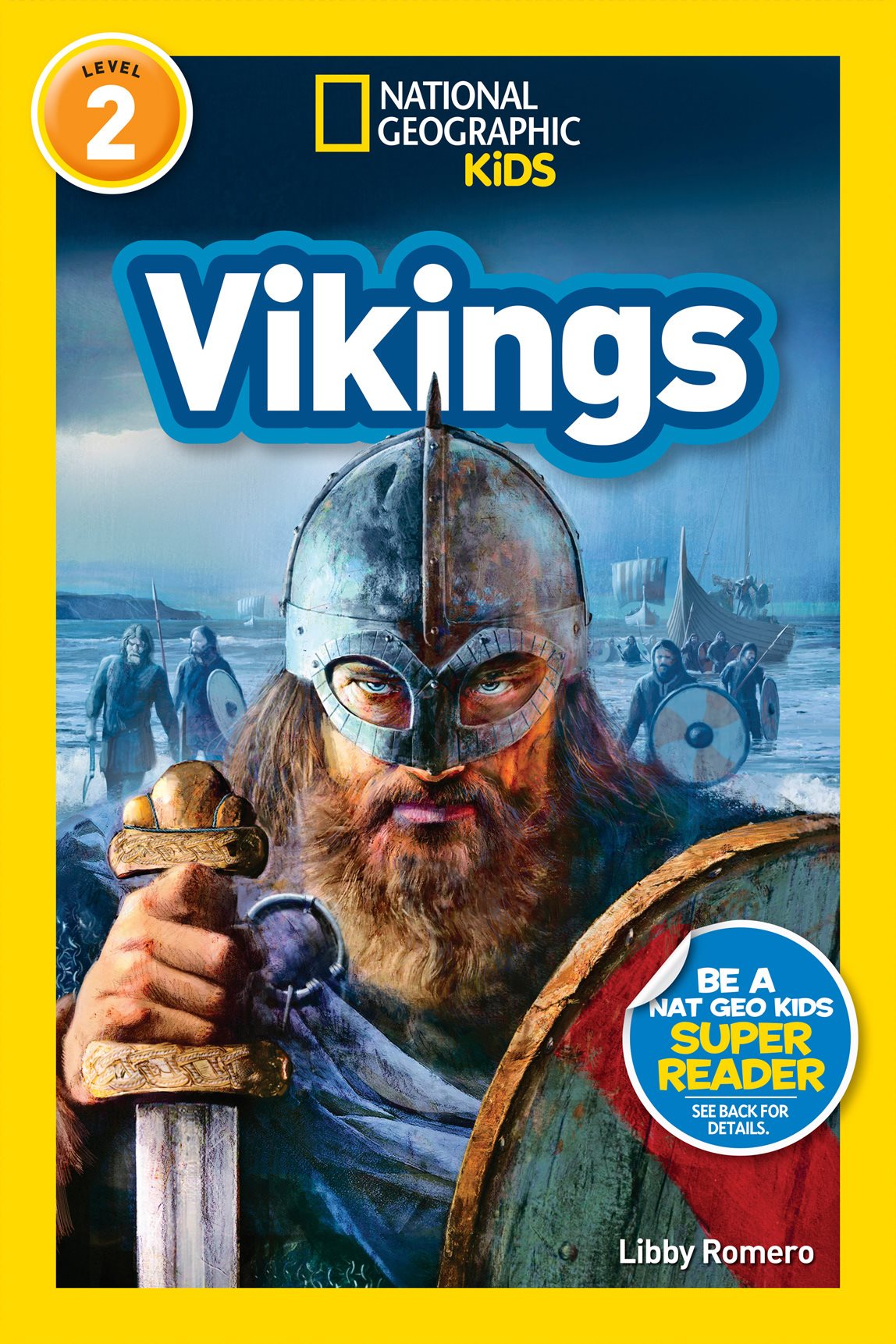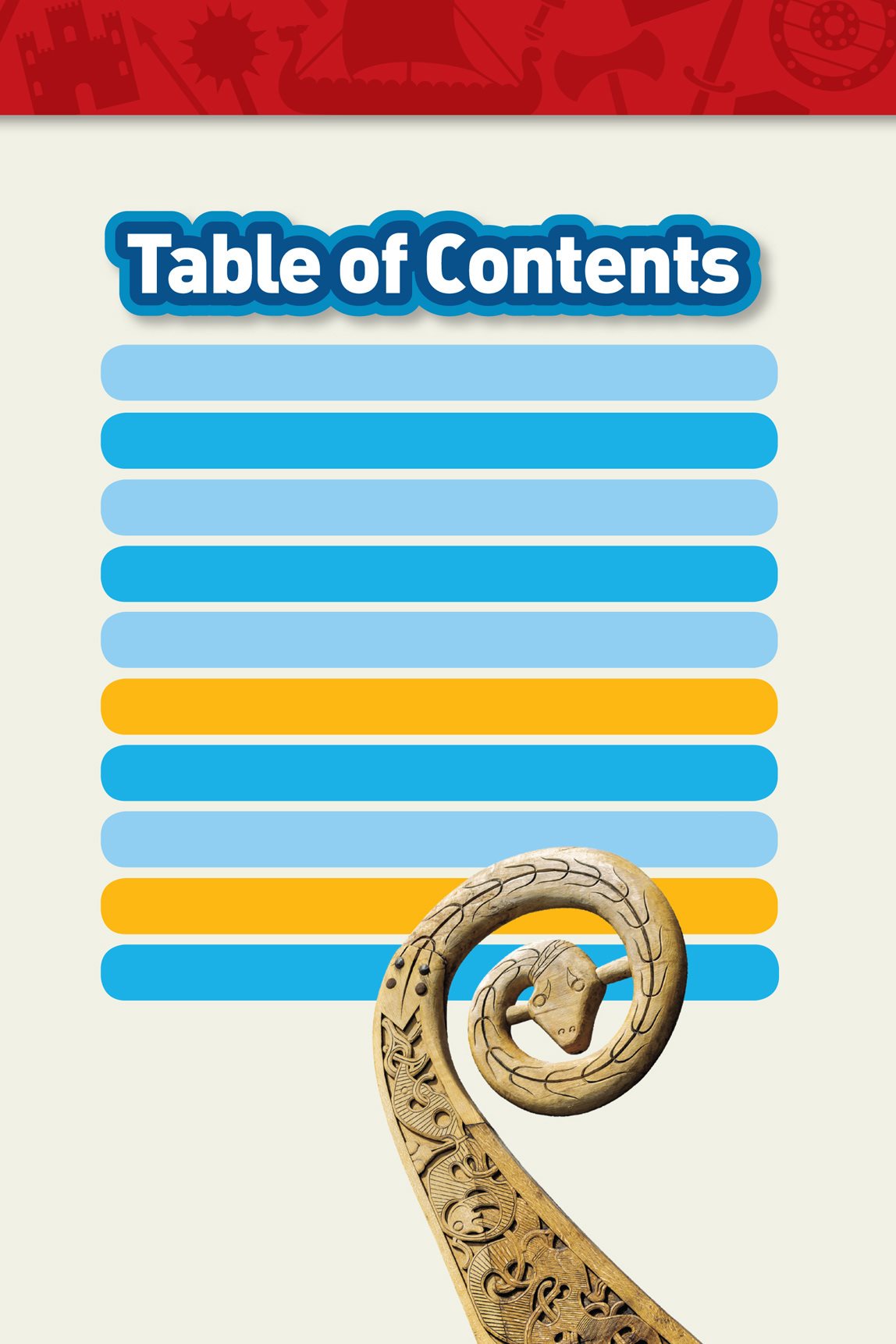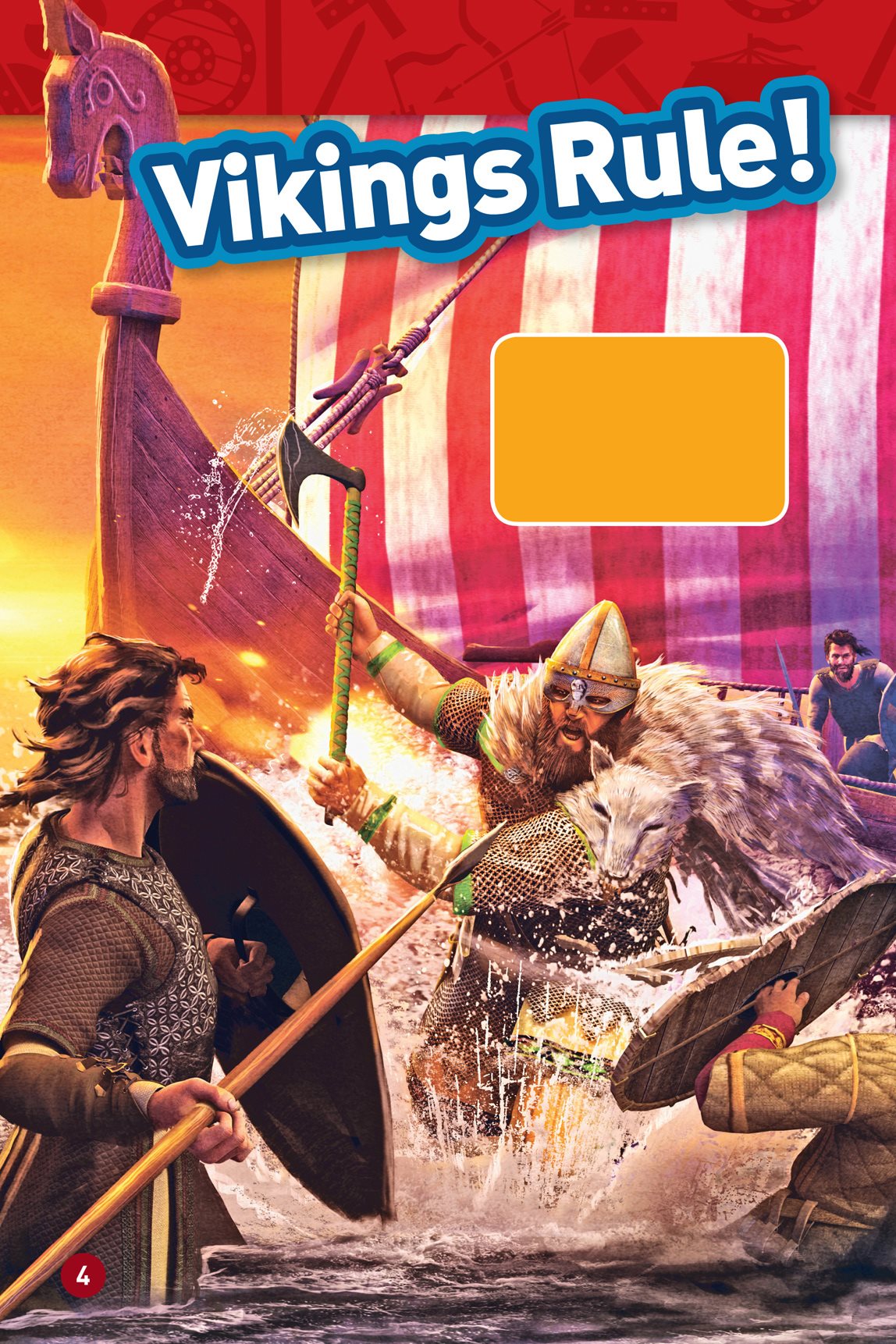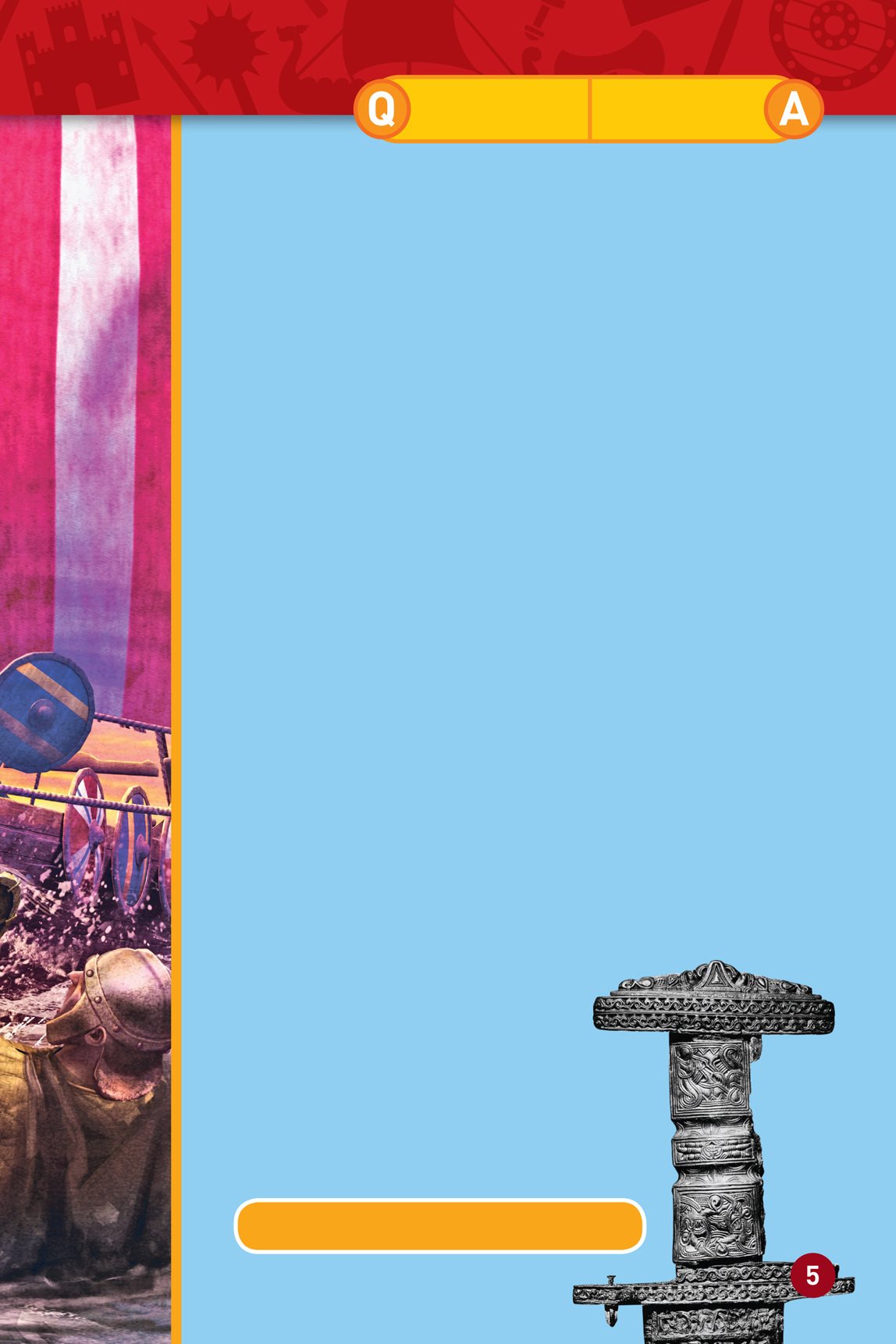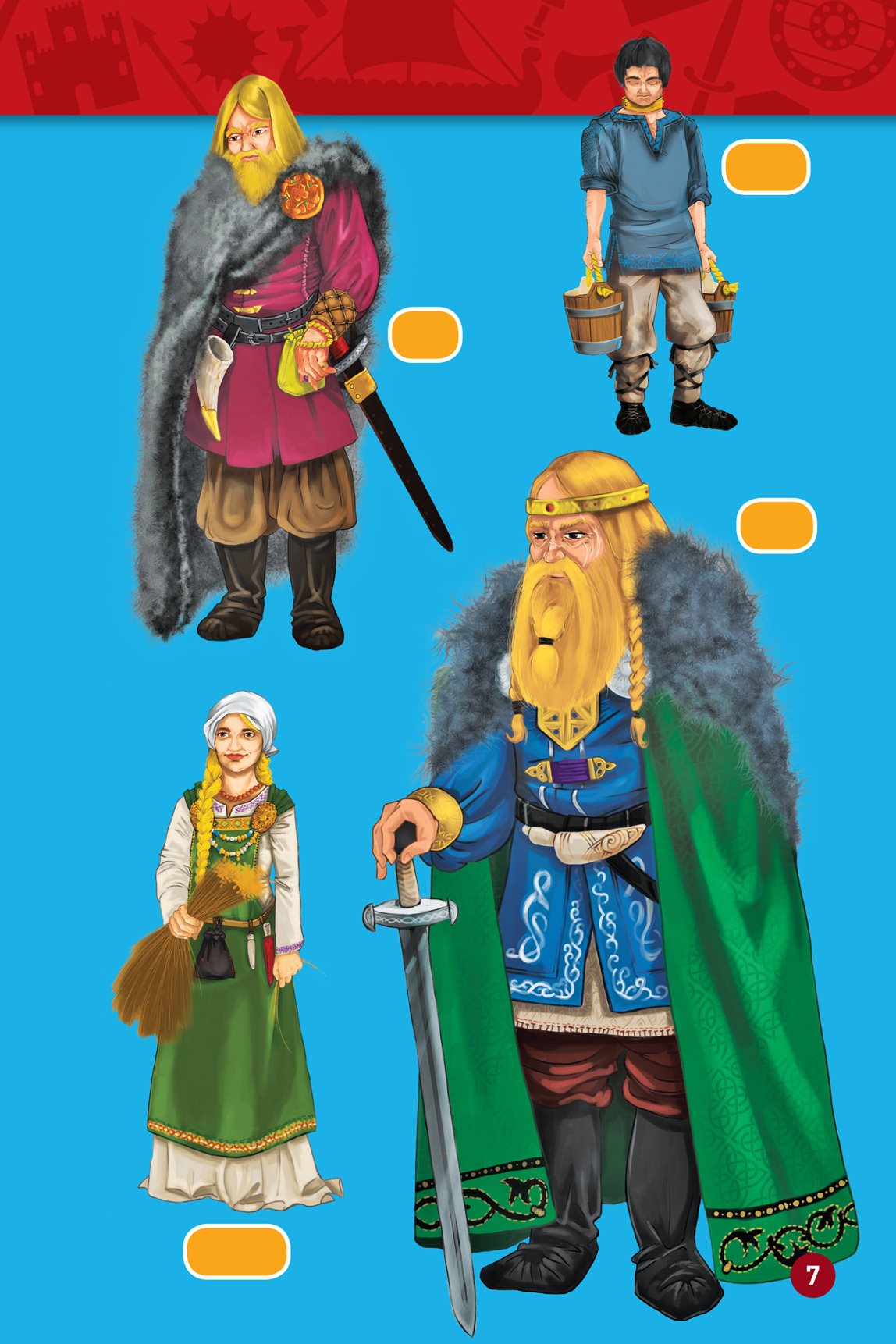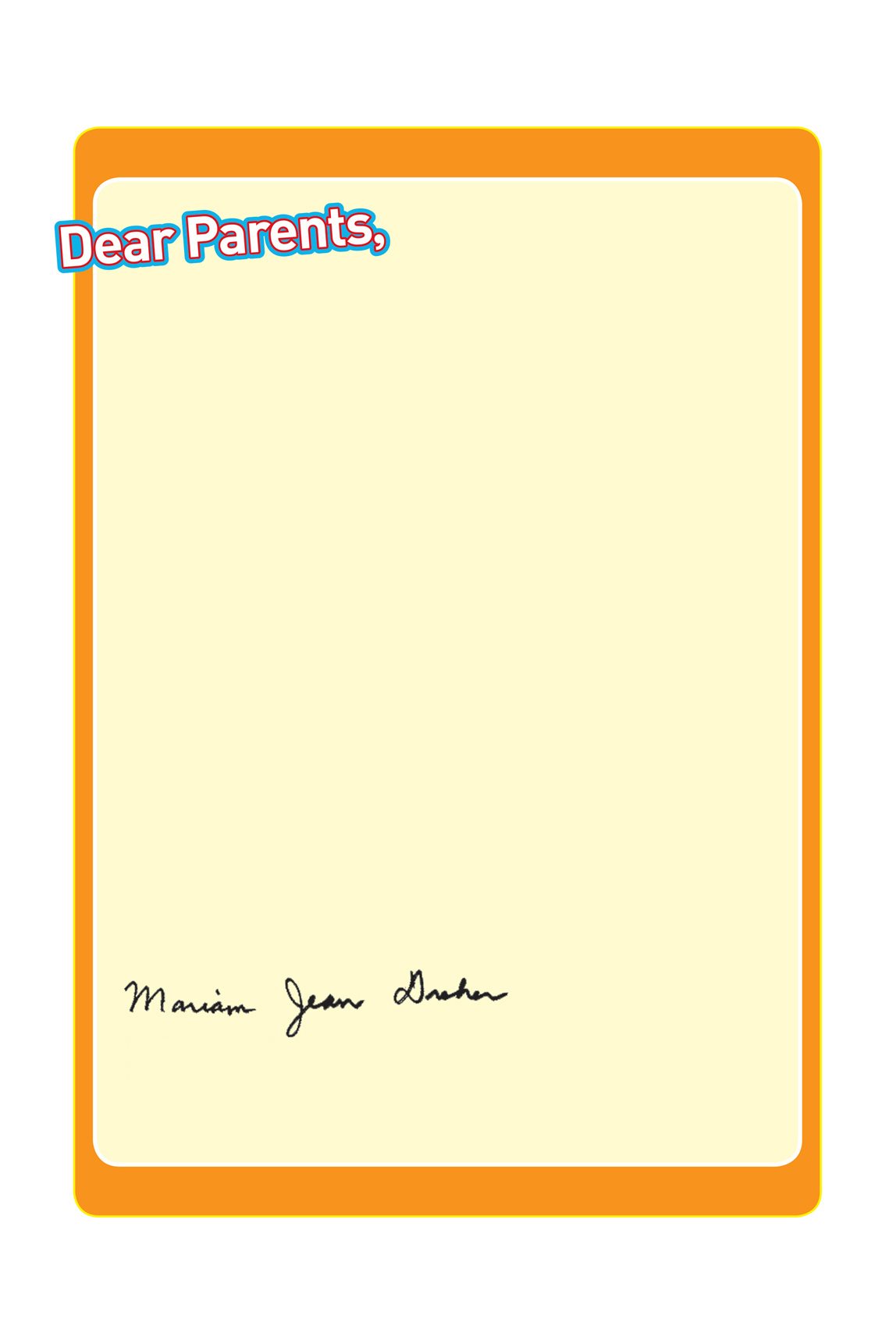
Children are naturally curious about the world around them, and
curiosity is a powerful motivation for reading. Studies show that
informational reading is critical to success in school. National
Geographic Kids Readers allow you to feed your childrens interests
and create readers who not only can read, but also want to read!
To sustain childrens excitement about reading, we have created a
special program called NATIONAL GEOGRAPHIC KIDS SUPER READERS.
As kids read each National Geographic Kids Reader, they cross
off its picture on a free National Geographic Kids Super Readers
poster that parents can download from natgeokids.com/superreaders.
Throughout the process, kids and parents go to the website and
download specially designated prizes that reward their effort. Kids
can have even more reading fun online, with lively book-related
activities, quizzes and games, fascinating excerpts, and sneak
previews of upcoming books.
The National Geographic Kids Super Readers program appeals to
kids love of accomplishment while providing them with incentives
to keep reading. When the reading experience is fun, children learn
more and achieve more. What could be better than that?
Sincerely,
Mariam Jean Dreher
Professor of Reading Education
University of Maryland, College Park

For Jeff L. R.
Copyright 2018 National Geographic
Partners, LLC
Published by National Geographic Partners, LLC,
Washington, D.C., 20036. All rights reserved.
Reproduction of the whole or any part of the
contents without written permission from the
publisher is prohibited.
NATIONAL GEOGRAPHIC and Yellow Border Design
are trademarks of the National Geographic Society,
used under license.
Designed by Yay! Design
Trade paperback ISBN: 978-1-4263-3218-0
Reinforced library binding ISBN:
978-1-4263-3219-7
eISBN: 978-1-4263-3221-0
The author and publisher gratefully acknowledge
the expert content review of this book by Neil Price,
Ph.D., chair of archaeology, Uppsala University,
Uppsala, Sweden, and the literacy review of this
book by Mariam Jean Dreher, professor of reading
education, University of Maryland, College Park.
Authors Note
Vikings are interesting, but they arent the easiest
civilization to study. Artifacts are hard to find. Vikings
built things out of wood and metal. And after a
thousand years, wood rots and most metal rusts
away. In fact, much of what we know about specific
Viking people and events can be traced to Viking
tales. These stories, or sagas, tell about epic battles
and larger-than-life heroes. Fact or fiction, they
provide some of the best clues we have about what it
was really like to be a Viking.
Photo Credits
AL = Alamy Stock Photo; GI = Getty Images;
NG = National Geographic Creative;
SS = Shutterstock
Cover, Fernando G. Baptista/NG; vocab art,
VectorPot/SS; header, Tribalium/SS;1, BMJ/SS; 3,
Asmus Koefoed/SS; 4-5, Sam Kennedy; 5, Granger
.com-All rights reserved; 7, Margaret Salter; 8-9,
George Burba/SS; 8, Louis S. Glanzman/NG; 10 &
11 (UP, LO RT), Sisse Brimberg/NG; 11 (LO LE), CM
Dixon/Print Collector/GI; 12-13, Danny Smythe/SS;
14-15, Tom Lovell/NG; 15, Louis S. Glanzman/NG; 16
17, Tom Lovell/NG; 18 (UP LE), Dmitri Mikitenko/SS;
18 (UP RT), Tom Lovell/NG; 18 (CTR LE), Jag_cz/SS;
18 (LO LE), Anna Jurkovska/SS; 18 (LO CTR, LO RT),
Mny-Jhee/SS; 20 (UP), Walter Bibikow/GI; 20 (CTR),
GTS Productions/SS; 20 (LO), Maarigard/Dorling
Kindersley/GI; 21 (UP LE), RHIMAGE/SS; 21 (UP RT),
Holmes Garden Photos/AL; 21 (CTR), Chronicle/AL;
21 (LO), Andrew J Shearer/iStock; 22, Sam Kennedy;
23, Leif Eriksson Discovers America (oil on canvas),
Dahl, Hans (1849-1937)/Private Collection/Photo
O. Vaering/Bridgeman Images; 24 (LE), SvedOliver/
SS; 24 (RT), Robert Harding Picture Library/NG;
25 (UP), Rue des Archives/Granger.com-All rights
reserved; 25 (LO), ART Collection/AL; 26 (LE),
Kevin Colin/EyeEm/GI; 26 (RT), Niklas Johansson/
iStock; 27, Fotokostic/SS; 28, valeriiaarnaud/SS; 29,
KEENPRESS/NG; 30 (UP), Gerry Embleton/North
Wind Picture Archives; 30 (CTR), Doug Houghton/
AL; 31 (UP LE), Leemage/UIG via GI; 31 (UP RT),
Hervey Garret Smith/NG; 31 (LO LE), MattiaATH/SS;
31 (LO RT), Andrey Puzanov/AL; 32 (UP LE), Gerry
Embleton/North Wind Picture Archives; 32 (UP RT),
George Burba/SS; 32 (CTR LE), Leif Ericson sails
past icebergs on his voyage to Newfoundland in
c.1000 (color litho), English School, (20th century)/
Private Collection/Peter Newark Historical Pictures/
Bridgeman Images; 32 (CTR RT), Tom Lovell/
NG; 32 (LO LE), Kevin Colin/EyeEm/GI; 32 (LO RT),
Fotokostic/SS
National Geographic supports K12 educators with ELA Common Core Resources.
Visit natgeoed.org/commoncore for more information.


